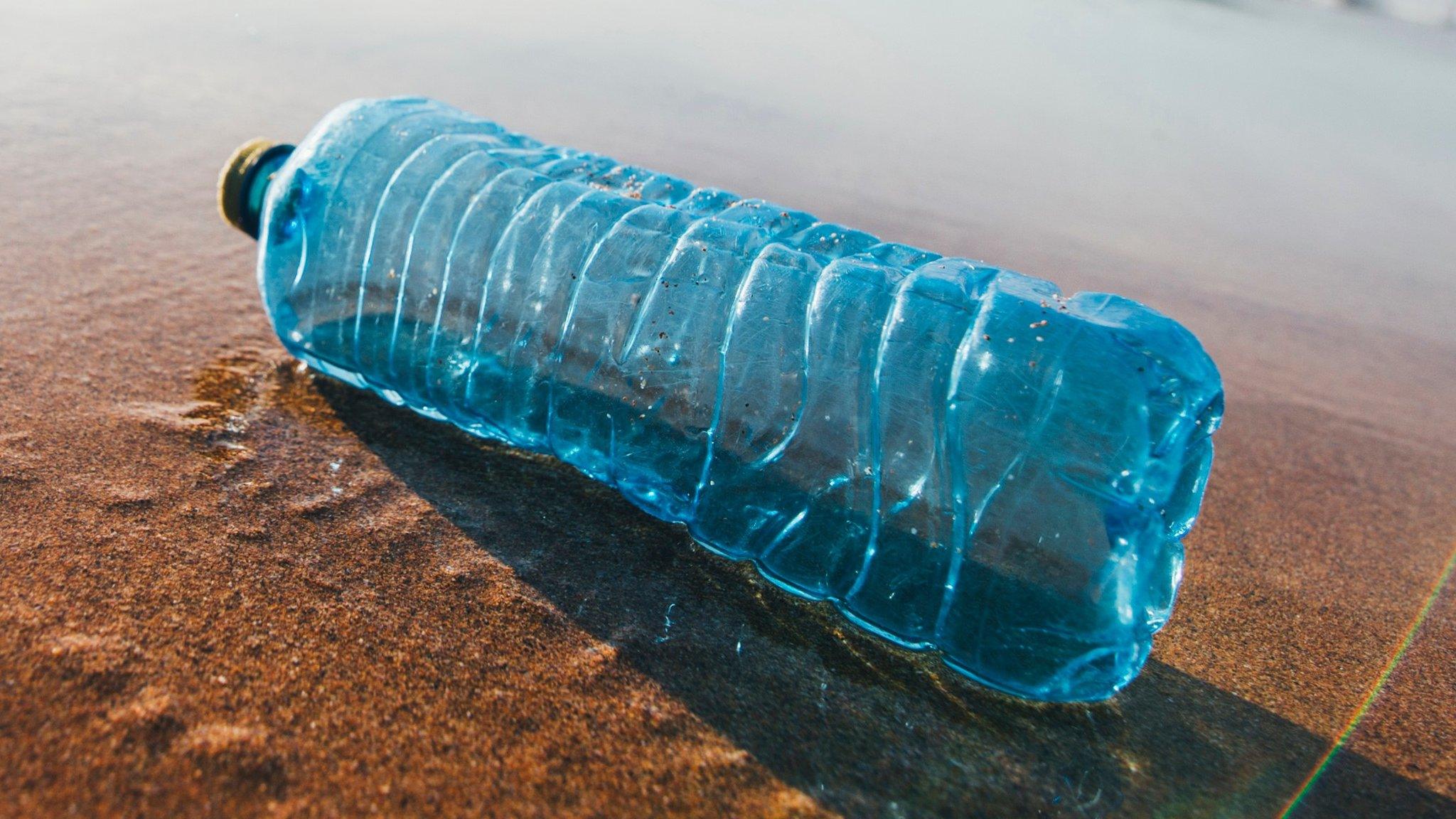How is bacteria being used to tackle plastic pollution?
- Published
- comments
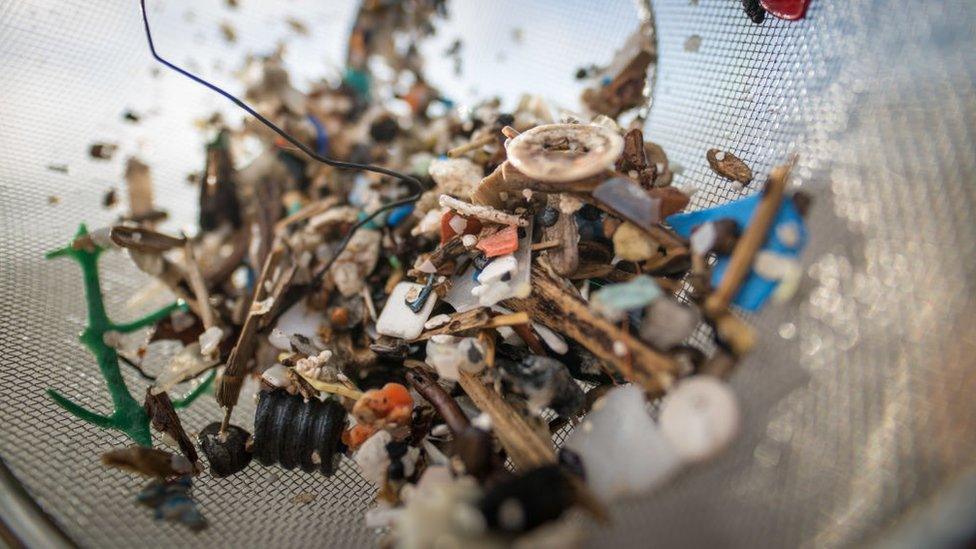
Microplastics often end up in the world's oceans
Microplastics are a big problem when it comes to protecting the environment.
They pollute the world's oceans and can be very damaging to sea creatures and other animals.
Microbiologists at the Hong Kong Polytechnic University (PolyU) have come with a clever way of removing these tiny pieces of plastic from the environment, and it involves the use of bacteria!
Researchers at PolyU believe the sticky bacteria could be used to form microbe nets that can trap microplastics in polluted water.
Microplastics are plastic particles which are less than 5mm in length. They can enter the environment through a number of different ways including:
The breakdown of larger plastic pieces
The washing of synthetic clothing
The breakdown of car tyres
Plastic waste which comes directly from the manufacture of goods in factories
Microplastics are a big problem as they don't break down and often end up in our oceans. Disposing of them can also be a big challenge.
So how does the process work?
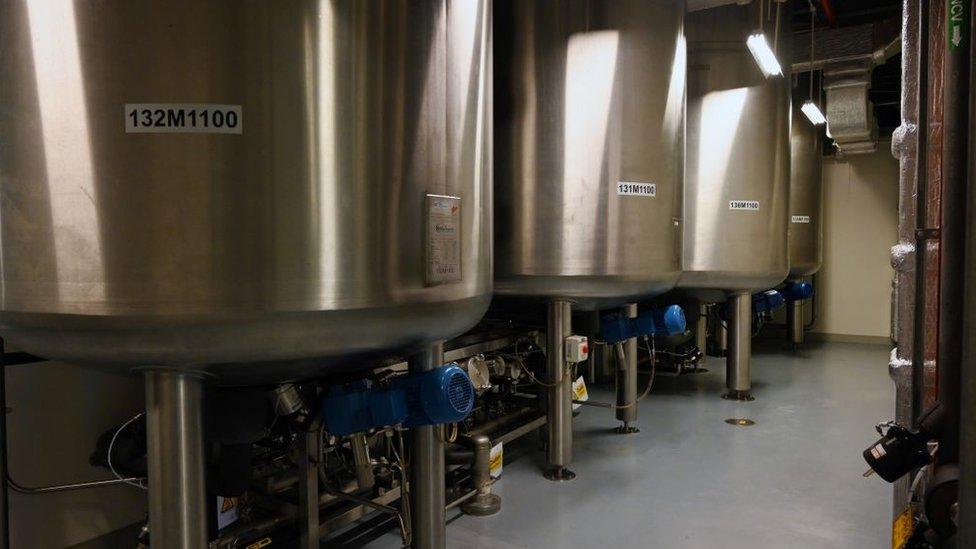
Bioreactors are big devices or systems used for growing organisms under controlled conditions
Bacteria naturally tend to stick together and grow on different surfaces, creating something called biofilm. Examples of biofilm include the dental plaque you might see on teeth, pond scum which forms on top of stagnant water, or the waste that clogs pipes.
This biofilm made of sticky bacteria could be used to make tiny microbe nets that can trap microplastics. The biofilm can then be processed, releasing the microplastics which can then also be processed and recycled.
To test out the new technique, the team used a bacteria called Pseudomonas aeruginosa to trap microplastics in a bioreactor, which is a big device or system used for growing organisms under controlled conditions.
Once the microplastics had been captured by the biofilms, they sank to the bottom of the bioreactor. The researchers then used a biofilm-dispersal gene, which caused the bacteria to release the microplastics.
The findings are still in their early stages, but the invention could be the answer to tackling plastic pollution levels in a sustainable way.
"[Microplastics] are not easily bio-degradable, where they retain in the ecosystems for prolonged durations. This results in the uptake of microplastics by organisms, leading to transfer and retention of microplastics down the food chain," said Sylvia Lang Liu, who is a microbiology researcher at PolyU and was a lead researcher on the project.
Microplastics can also absorb harmful pollutants like pesticides as well as metals, which can be dangerous both for organisms in the ecosystems and humans if they're consumed over a long period of time.
"It is imperative to develop effective solutions that trap, collect, and even recycle these microplastics to stop the 'plastification' of our natural environments," Liu said.
What are the next steps?
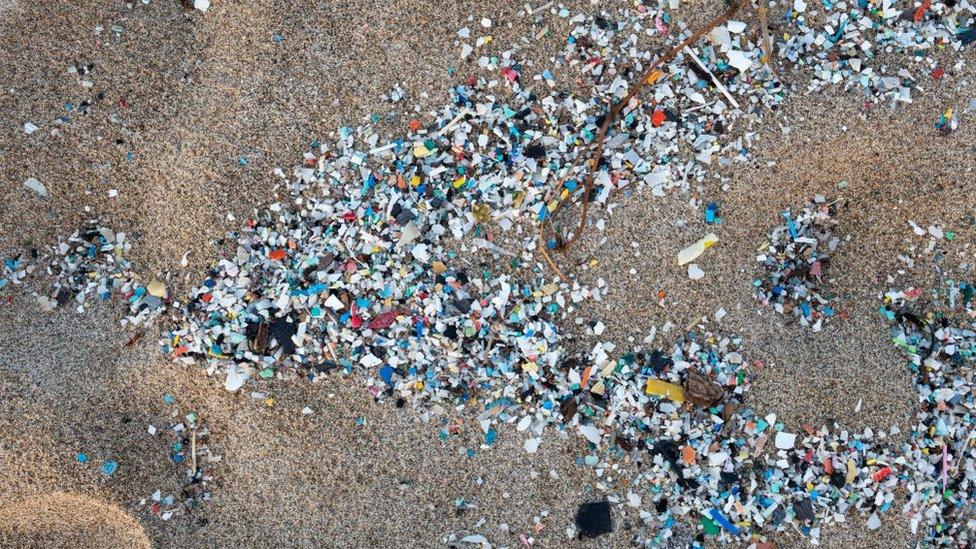
Plastic doesn't break down very easily and can end up being carried through the food chain
The scientists are looking to try out their methods in an environmental setting so they're able to test how it'll work in the real world.
The microbiologists hope their creative and sustainable technique will one day be used in wastewater treatment plants to help stop microplastics escaping into the oceans.
- Published4 October 2019

- Published16 April 2019
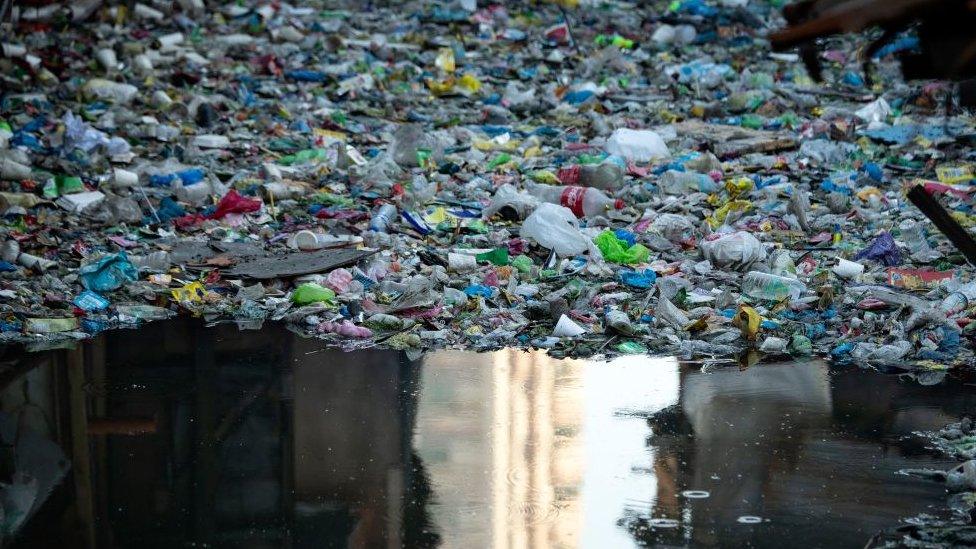
- Published17 March 2020
